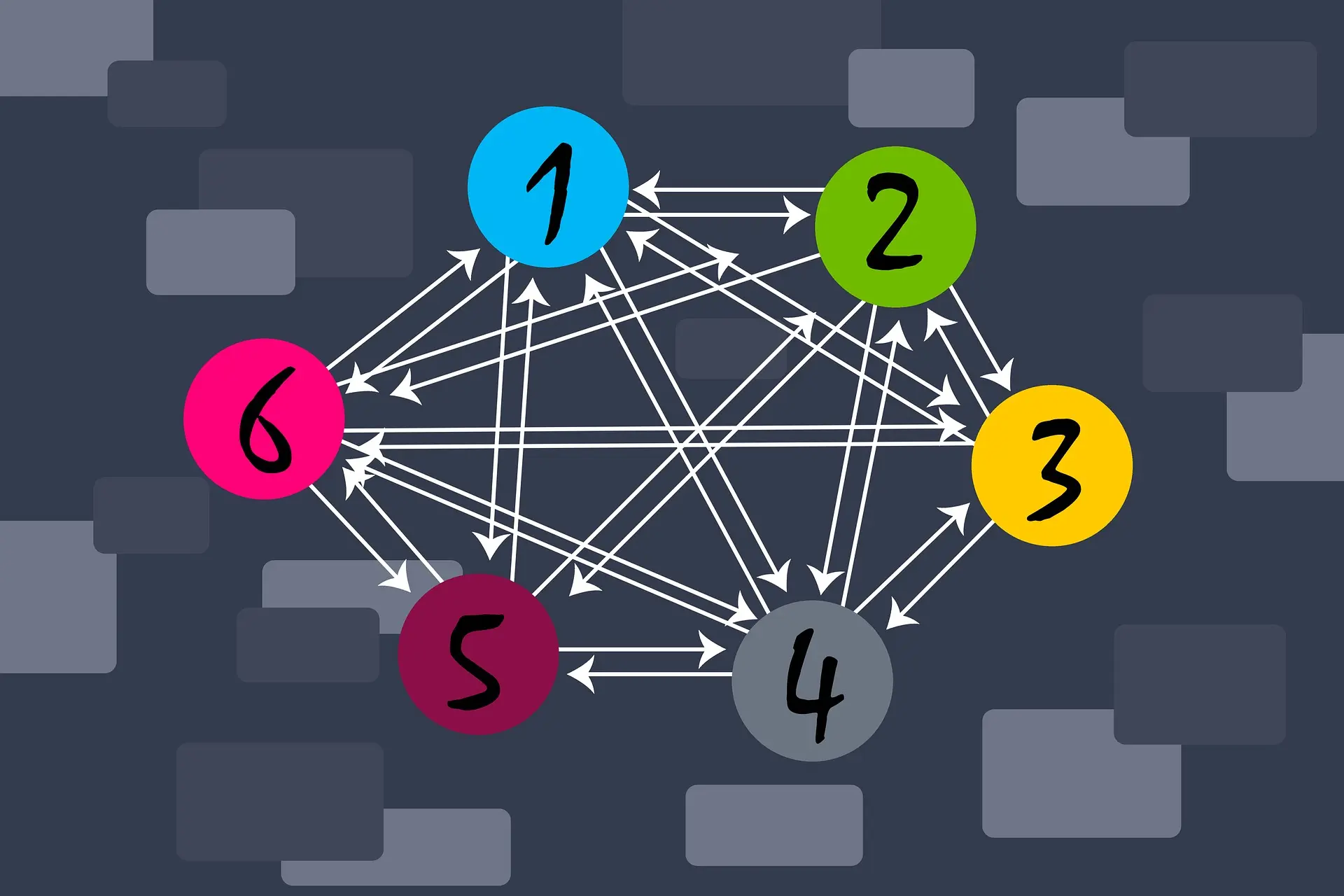
The world of Search Engine Optimisation (SEO) is vast and complex, filled with numerous strategies and techniques. One strategy that is often overlooked, but holds immense potential, is internal linking. Often relegated to a mere afterthought, the power of internal linking in SEO is undeniable, providing numerous benefits that can significantly boost a website’s SEO performance.
In its simplest form, internal linking refers to the process of creating links within one’s website, connecting various pages. These links help navigate the website and play a pivotal role in defining the architecture and hierarchy of a site.
Understanding the nuances of internal linking can be a game-changer for businesses, offering a cost-effective and efficient way to enhance their SEO performance. This guide aims to delve into the world of internal linking, unveiling its power and its pivotal role in SEO success.
Understanding the Concept of Internal Links
As their name suggests, internal links point to other pages on the same website. They are essential for several reasons, including aiding in website navigation, defining the structure and hierarchy of a site, and distributing page authority and ranking power throughout the site.
When a user navigates a website through these internal links, it creates a traffic flow. This flow is beneficial for users and helps search engine bots understand the structure and importance of page pages on a website.
Internal linking SEO is about strategically creating these links to guide users and search engines, building a solid website structure, and improving SEO performance. It’s a tool that every website owner should utilise to its full potential.
The Role of Internal Links in SEO Success
The role of internal links in SEO success cannot be overstated. They serve multiple purposes, each contributing to a website’s overall performance and visibility.
- Internal links help structure a site, providing users and search engines a clear path. This structure is essential for search engine bots as they crawl and index a site, helping them understand the relationship between pages and their importance.
- Internal links distribute ‘link juice’ or ranking power throughout a website. When a page receives a backlink, the link’s value is shared among all the links on that page. By strategically placing internal links, website owners can ensure that this value is evenly distributed, boosting the ranking potential of all pages, not just the ones with backlinks.
- Internal links enhance user experience. They provide users with additional reading options and guide them through a website, improving navigation and reducing bounce rates.
The Power of Internal Linking in SEO
The power of internal linking in SEO lies in its ability to impact multiple areas of a website’s performance. From improving website structure and user experience to enhancing page authority and visibility, internal links are a vital cog in the SEO machine.
An effective internal linking strategy can significantly boost a site’s SEO performance. It can help improve search engine rankings, drive more organic traffic, and increase conversion rates.
Moreover, internal linking is a cost-effective and efficient SEO strategy. Unlike other strategies that require significant investment, internal linking only demands a thorough understanding of a website’s content and a strategic approach. It’s a tool that can deliver significant results with minimal investment.
How Does Internal Linking Work?
Internal linking revolves around two primary elements: the anchor text and the destination page. The anchor text, which is the clickable text in a hyperlink, should ideally be relevant to the content of the destination page. This relevance helps search engines understand the link’s context and the relationship between the pages.
On the other hand, the destination page should provide valuable and related content to the source page. The more relevant the pages are to each other, the more influential the internal link will be.
Internal linking involves strategically placing these links within a website’s content. This placement should be natural and beneficial to the user, guiding them through the website and providing additional valuable content.
Best Practices for SEO Internal Linking
When it comes to SEO internal linking, certain best practices can enhance the effectiveness of a strategy.
- Relevancy: Links should be relevant. Linking to unrelated pages can confuse users and search engines, hampering a site’s performance.
- Meaningful Anchor Text: Anchor text should be descriptive and contextually relevant to the destination page. Avoid generic phrases like ‘click here’ as they offer users and search engines little value.
- Balance: Avoid overloading pages with internal links. While having a good number of internal links is essential, too many can dilute the value of each link and confuse users. It’s about striking the right balance.
How to Create an Effective Internal Linking SEO Strategy
Creating an effective internal linking SEO strategy involves a few key steps. Start by conducting a thorough audit of your website’s content. Identify key pages that you want to rank higher and pages that provide valuable, related content.
Next, create a linking structure that guides users and search engines through your site. This structure should ideally follow a logical pathway, leading from general content to more specific content.
Finally, regularly review and update your internal linking strategy. As you add new content to your site, ensure it is incorporated into your linking structure. Regular reviews will help you identify any broken links or opportunities for additional links.
Benefits of Implementing Internal Linking SEO in Your Strategy
Implementing internal linking SEO in your strategy offers numerous benefits. It helps improve website navigation, making it easier for users to find and access the information they want. This improved navigation can also lead to a lower bounce and higher conversion rates.
Internal linking also improves the indexing of a website. By providing a clear path for search engine bots, you can ensure that all your pages are crawled and indexed, improving their visibility and ranking potential.
Moreover, by distributing link juice throughout your site, internal linking helps enhance the authority of all your pages, not just the ones with backlinks. This distribution can result in an overall improvement in your site’s SEO performance.
Conclusion: The Future of Internal Linking and SEO
The future of internal linking and SEO looks promising. As search engines evolve and become more sophisticated, the importance of a well-structured, easy-to-navigate website will only increase. Internal linking, with its ability to enhance site structure, user experience, and page authority, will undoubtedly continue to play a vital role in SEO success.
With a thorough understanding of its power and strategic implementation, internal linking can unlock new levels of SEO success. It’s a tool that every website owner should harness to its full potential. The power of internal linking in SEO is undeniable, and its role in driving success is only set to grow.
